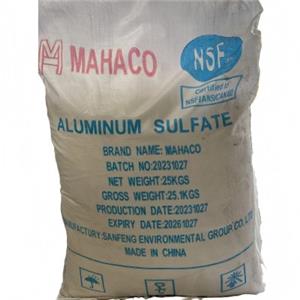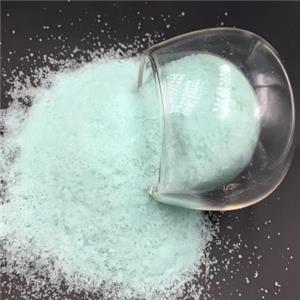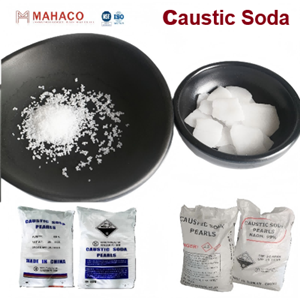Chemical Synthesis and Characterization of Calcium Aluminate Powder
Calcium Aluminate The Pechini process was used to produce high-purity, mono calcium aluminate (CaAl2O4) powders at temperatures as low as 900°C. Absorption spectrometry and BET measurements revealed particles with sizes ranging from submicrometer to 100 μm, with specific surface areas as high as 10 m2/g. Auger electron spectrometry (AES) was used to study the progressive elimination of surface carbon from the organic burnout as a function of temperature. The growth kinetics of calcium aluminate crystallites from a polymeric precursor were studied during calcination as a function of temperature, using transmission electron microscopy (TEM). Calcium Aluminate At the early stages of crystallization, the activation energy for crystallite growth was found to be 118 kJ/mol. This is substantially less than the 356 kJ/mol previously reported. A growth kinetic exponent of n = 1.68 was determined for the amorphous-to-crystalline transformation in the temperature range 700° to 850°C. These values were consistent with growth by short-range diffusion. Calcium Aluminate




